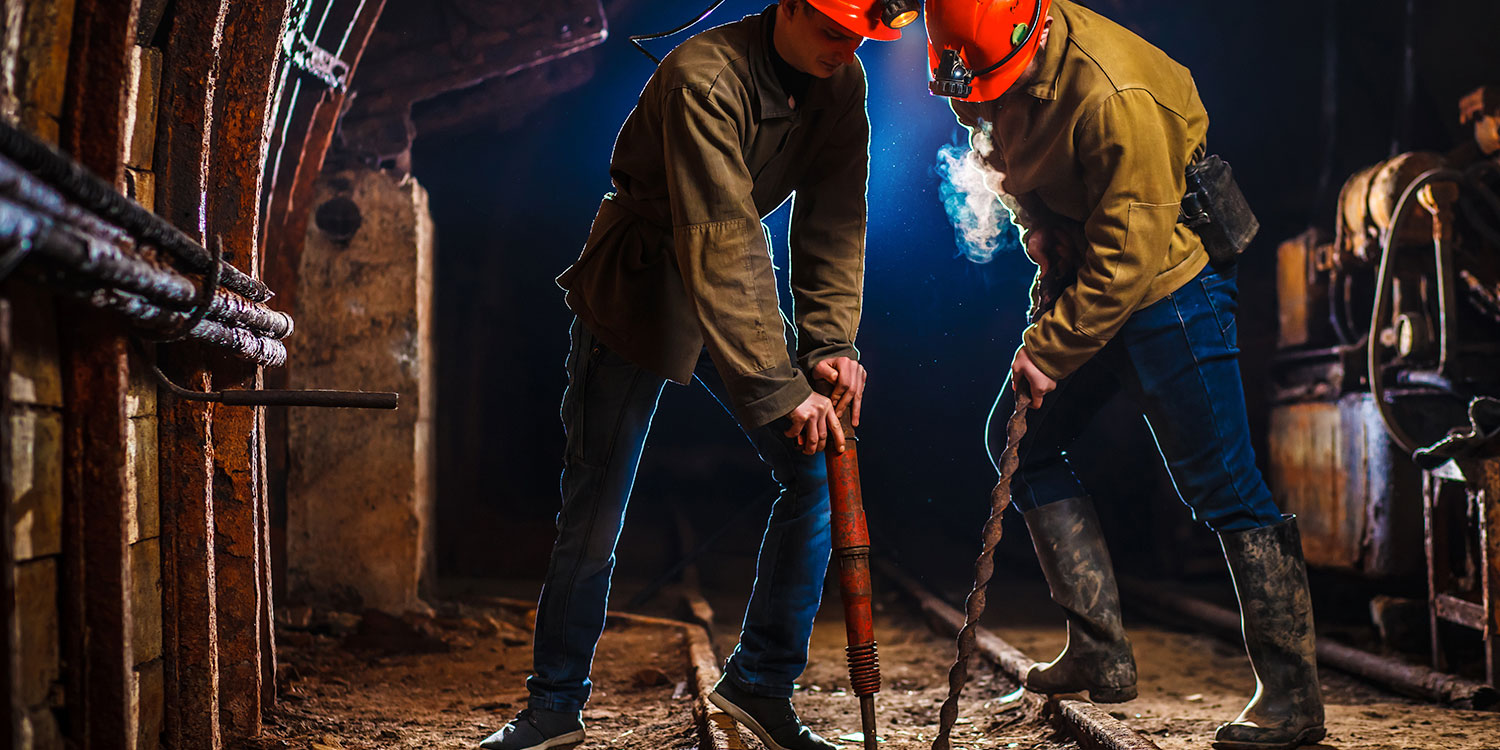Exploring Risks and What Employers Can Do About Them with SAFE Work Manitoba
Those in the forestry and mining industries work hard, whether they are in a mine, at a sawmill, or walking through the forest. There are lots of risks for workers while doing these things – but the typical dangers of work may be riskier if your jobs require you to work alone or in isolation.
“The most common injuries in the industry remain to be sprains, strains and tears, however, many risks are present, which include being struck by objects, slips and falls, and contact with machinery or equipment,” says Dave Kramer, Vice President of SAFE Work Manitoba. “In addition to the risks and hazards of the workplace, working alone or in isolation requires additional vigilance to ensure that when an emergency occurs, workers are accounted for and emergency procedures factor in the remoteness of the location.”
The CCOHS defines lone working as “when a person is on their own and cannot be seen or heard by another person.” While being by yourself is not dangerous, it is the other factors that can and will put an employee at risk – especially thealready prevalent safety risks associated with the forestry and mining industries.
According to SAFE Work Manitoba, if working alone is unavoidable, employers should use a buddy system to check in with the worker whenever possible. The employer must also:
• Provide safe equipment and tools, and training on how to use the equipment and tools safely.
• Assign competent supervision to monitor the worker’s safety, health, and welfare.
• Identify risks in the job tasks and provide controls for each of the risks.
• Develop a working-alone plan in consultation with the worker or safety representatives.
• Cooperate with Workplace Safety and Health Branch officers, who enforce the Workplace Safety and Health Act and Workplace Safety and Health Regulations.
• Communicate to those involved with or affected by the work activity that there will be a worker working alone.
“Employers can mitigate risks through strong training and supervision programs, regular inspections and a solid internal responsibility system to identify and address concerns,” says Kramer. “In addition, it’s important that employers have well-trained emergency response plans should an incident occur.”
He adds that both industries are regulated and built upon a foundation of a strong safety culture, with safety and health programming, commitment to training, and regular auditing and job-hazard inspections. This foundation works to keep everyone safe, including new workers, who Kramer states may also be at increased risk due to their unfamiliarity with their industry or workplace.
As the world changes, safety also seems to change and develop into new areas, with new resources for employers to incorporate into everyday use. Kramer says that technology continues to influence the industry – new developments including remote, automated, and electric equipment or processes.
“In underground mining, a remote-operated Scooptram was once only possible from meters away and can now be operated on the surface or from other geolocations,” Kramer says. “Gas monitoring, communication, and working alone devices are more accurate and reliable, and drone technology is powerful in mapping landscapes and can be used to position and move equipment in rugged terrains.”
To learn more about workplace safety, especially within Manitoba, Kramer recommends that people visit www.safemanitoba.com, SAFE Work Manitoba’s website, which is dedicated to the prevention of workplace injury and illness.
“Each province or territory has safety partners and industry associations that play key roles in prevention through training and resources,” says Kramer. “Working with our partners in the safety community, we provide prevention education, safety programming, consulting and strategic direction to create a genuine culture of safety for all Manitobans. We have a number of resources and information on our website, which can be searched by industry or role.”
He also recommends Manitoba’s Workplace Safety and Health Committee and industry-based associations, such as the Mining Association of Manitoba Inc.


 1-866-985-9780
1-866-985-9780








